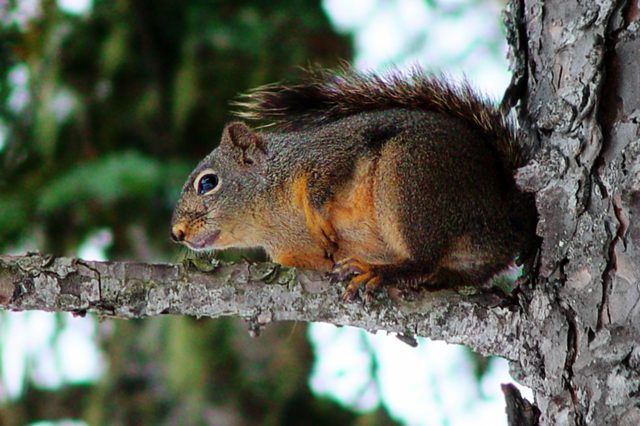Bulbs
Flower Basics
Flower Beds & Specialty Gardens
Flower Garden
Garden Furniture
Garden Gnomes
Garden Seeds
Garden Sheds
Garden Statues
Garden Tools & Supplies
Gardening Basics
Green & Organic
Groundcovers & Vines
Growing Annuals
Growing Basil
Growing Beans
Growing Berries
Growing Blueberries
Growing Cactus
Growing Corn
Growing Cotton
Growing Edibles
Growing Flowers
Growing Garlic
Growing Grapes
Growing Grass
Growing Herbs
Growing Jasmine
Growing Mint
Growing Mushrooms
Orchids
Growing Peanuts
Growing Perennials
Growing Plants
Growing Rosemary
Growing Roses
Growing Strawberries
Growing Sunflowers
Growing Thyme
Growing Tomatoes
Growing Tulips
Growing Vegetables
Herb Basics
Herb Garden
Indoor Growing
Landscaping Basics
Landscaping Patios
Landscaping Plants
Landscaping Shrubs
Landscaping Trees
Landscaping Walks & Pathways
Lawn Basics
Lawn Maintenance
Lawn Mowers
Lawn Ornaments
Lawn Planting
Lawn Tools
Outdoor Growing
Overall Landscape Planning
Pests, Weeds & Problems
Plant Basics
Rock Garden
Rose Garden
Shrubs
Soil
Specialty Gardens
Trees
Vegetable Garden
Yard Maintenance
How to Make an Effective Squirrel Trap With Everyday Materials
How to Make an Effective Squirrel Trap With Everyday Materials. If you have squirrels that are invading your home or draining your bird feeders of seed, you may need to get rid of them. Killing squirrels can be cruel and is probably illegal in your area, so you should try and trap the squirrel instead. Live traps are effective for squirrel removal....

If you have squirrels that are invading your home or draining your bird feeders of seed, you may need to get rid of them. Killing squirrels can be cruel and is probably illegal in your area, so you should try and trap the squirrel instead. Live traps are effective for squirrel removal. With a few basic materials, you can make your own squirrel trap in just a few minutes.
Things You'll Need
Pipe section (from stove or water heater, 4 to 6 inch diameter, 36 inch length)
Wire mesh
Scissors or tin snips
Duct tape
Drill
Corn or bird feed
Nail, 2 inches in length or more
Hammer
Find an old section of pipe. Piping used in old stoves or attached to water heaters will work well. The pipe section should be at least 4 to 6 inches in diameter, and 36 inches long. Squirrels can jump, and it the pipe is too short, they will simply leap out of it before you can get to them.
Cover one end of the pipe with thin wire mesh. You can use the mesh from an old window for this. Cut the mesh so that it is over-sized for the end of the pipe. Wrap the mesh over the end of the pipe and wind duct tape around the edges of the mesh to firmly attach it to the pipe.
Fill the pipe with several handfuls of corn or bird seed.
Drill a hole 1 inch from the top of the open end of the pipe. The hole should be large enough for a 2-inch carpentry nail.
Nail the pipe upright to a tree or bird feeder post in the area with heavy squirrel activity. Make sure the pipe is easily accessible for the squirrels. Leave the area immediately.
Check the pipe every few hours. Squirrels will get into the pipe to eat the feed, but as long as your pipe is tall enough, they will be unable to jump out or scale the sides and climb out. Cover the open end of the pipe with mesh and secure it if you catch a squirrel. Make sure you cover the open end before you pull the feeder free from the tree or post.
Call your local animal control department and ask if they will come get the squirrel. If not, you can transport the squirrel to a new area for release.